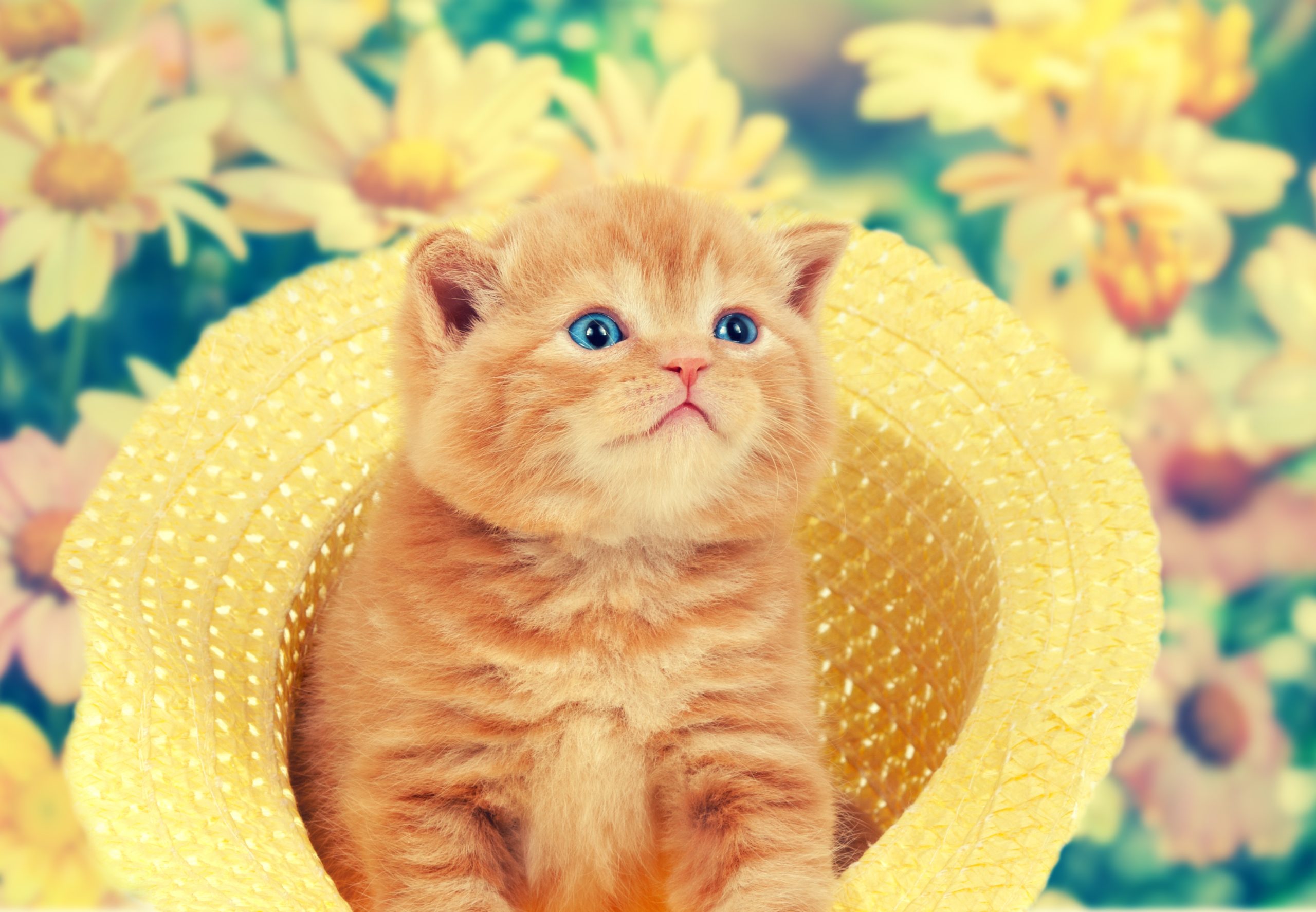Introduction: Why Cats are Purrfectly Fascinating
Cats have been a part of human lives for thousands of years. They were first domesticated around 10,000 years ago when humans began to settle down and form agricultural communities. Since then, cats have become one of the most beloved pets in households all over the world. But despite their popularity, there is still much we don’t know about these fascinating creatures. Here are five incredible truths about cats that may surprise you.
Section 1: The Science Behind a Cat’s Claws and How They Use Them
One of the most distinctive features of cats is their retractable claws. Unlike dogs, who have nails that grow continuously, cat claws only grow during certain times of the year. This means that they need to be able to retract their claws when not in use to prevent them from getting worn down or damaged. But how do cats use their claws? And what purpose do they serve?
The answer lies in the science behind a cat’s claws. When a cat extends its claw, it does so by contracting muscles in its leg and foot. These contractions cause the tendons at the base of each claw to tighten, which pulls the claw outward. Once extended, the claw can be used for a variety of purposes, including climbing trees, hunting prey, and defending themselves against predators.
But perhaps the most interesting thing about a cat’s claws is that they also play an important role in communication. By scratching objects with their claws, cats leave messages for other cats, marking their territory and communicating information such as age, sex, and social status.
Section 2: A Cat’s Sense of Smell is Unmatched by Any Other Animal
While many people assume that dogs have the best sense of smell, it turns out that cats actually have an even more impressive olfactory system. In fact, cats have up to 300 million olfactory receptors in their noses, compared to just 6 million in humans. This allows them to detect scents that are imperceptible to us, making them expert hunters and trackers.
But it’s not just their ability to pick up on scent that makes cats so remarkable. It’s also their brain’s ability to process this information quickly and accurately. For example, studies have shown that cats can distinguish between different types of food based solely on their odor, even if the two foods look identical.

This powerful sense of smell has practical applications too. Many owners report that their cats seem to “know” when they’re sick or injured before anyone else does, often because they can detect changes in their owner’s body chemistry through their sense of smell.
Section 3: The Acrobatic Abilities of Cats that Will Leave You in Awe
If you’ve ever watched a cat move, you probably already know that they’re capable of some pretty amazing feats of agility and athleticism. From jumping high into the air to landing gracefully on their feet after falling from great heights, cats have a reputation for being acrobatic wonders.
And while it might seem like these abilities come naturally to cats, they actually require a lot of skill and coordination. One reason why cats are so adept at navigating difficult terrain is due to their flexible spines and joints, which allow them to twist and turn their bodies in ways that would be impossible for most animals.
Another factor that contributes to a cat’s acrobatic prowess is their keen senses of balance and spatial awareness. Thanks to specialized cells called vestibular hairs located inside their inner ears, cats are able to maintain their equilibrium even in challenging environments.
All of these factors combine to make cats some of the most nimble and skilled animals on the planet.
Section 4: The Lifespan of a Domesticated Cat and What Determines It
Domesticated cats typically live for anywhere from 12-18 years, although some have been known to reach ages well beyond that. However, the lifespan of a cat depends on a number of factors, including genetics, diet, exercise, and access to healthcare.
For example, purebred cats are generally considered to be less hardy than mixed breeds, partly because they’re more likely to inherit genetic disorders from their parents. Similarly, cats who eat poor quality food or lack regular exercise are more prone to obesity, dental problems, and other health issues that can shorten their lifespan.

On the other hand, cats who receive good care and attention from their owners tend to live longer and happier lives. Regular vet checkups, proper nutrition, and plenty of love and affection can go a long way towards ensuring your furry friend enjoys a long and fulfilling life.
Conclusion: Why We Love Our Furry Felines So Much
Despite their sometimes aloof demeanor, cats hold a special place in our hearts as loyal companions and beloved family members. Whether it’s their unique personalities, their unwavering independence, or simply their adorableness, cats continue to captivate us and win our affections day after day.
In conclusion, cats truly are purrfectly fascinating creatures, full of surprises and mysteries waiting to be discovered. Whether you’re a seasoned cat lover or considering adding a feline companion to your household for the first time, take comfort in knowing that cats will always find a way to enchant and delight us with their antics and charms.
